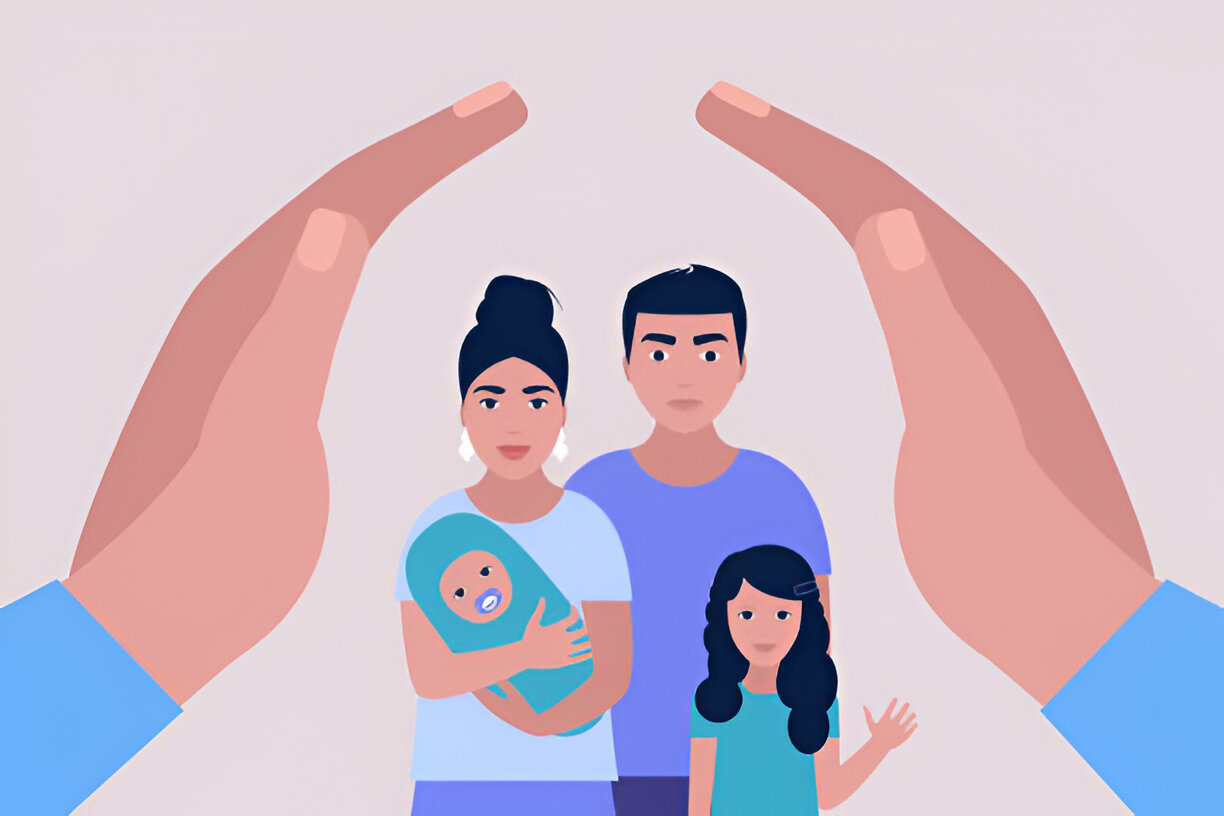The Rashtriya Kishor Swasthya Karyakram (RKSK), launched by the Ministry of Health and Family Welfare, Government of India, is a comprehensive program designed to address the diverse health and development needs of adolescents (10-19 years) in India. This program shifts from a clinic-based curative approach to a more holistic model that encompasses community-based health promotion, preventive care, and the strengthening of health services.
Key Features of the National Adolescent Health Strategy
The RKSK is guided by the National Adolescent Health Strategy, which emphasizes:
-
Holistic Approach: A shift from a curative approach to a holistic model that includes preventive care and community-based health promotion.
-
Continuum of Care: A continuum of care for adolescents, providing information, commodities, and services at the community level with referral linkages to higher-level facilities.
-
Convergence: A convergent model of service delivery that actively engages adolescents, field service providers, and various stakeholders.
-
Customized Programs: A move away from a “one-size-fits-all” approach to more customized programs and service delivery specific to the needs of adolescents.
Seven Critical Components (7Cs) and Six Strategic Priorities
To achieve its objectives, the strategy identifies seven critical components (7Cs):
-
Coverage: Ensuring universal access to services.
-
Content: Providing appropriate information and services.
-
Communities: Engaging communities in promoting adolescent health.
-
Clinics: Strengthening health facilities to provide adolescent-friendly services.
-
Counselling: Providing accessible and effective counseling services.
-
Communication: Utilizing effective communication strategies to reach adolescents.
-
Convergence: Ensuring convergence of efforts across different sectors.
The six strategic priorities (programme) areas are:
-
Nutrition
-
Sexual and Reproductive Health (SRH)
-
Non-Communicable Diseases (NCDs)
-
Substance Misuse
-
Injuries and Violence (including Gender-Based Violence)
-
Mental Health
Operational Framework of RKSK
The operational framework of RKSK provides guidance for planning, implementation, and monitoring of the program. It includes:
-
Target Groups: All adolescents (10-19 years), including males and females, urban and rural, in-school and out-of-school, married and unmarried, and vulnerable and underserved groups.
-
Objectives: Improving nutrition, enabling sexual and reproductive health, enhancing mental health, preventing injuries and violence, preventing substance misuse, and addressing conditions for NCDs.
-
Strategies: Community-based interventions (peer education, adolescent health days, WIFS, MHS), facility-based interventions (Adolescent Friendly Health Clinics), and convergence with other departments/schemes.
Key Implementation Strategies
-
Peer Education (PE): Trained peer educators conduct regular sessions, provide information, and act as a referral point.
-
Adolescent Health Day (AHD): Quarterly events held in villages to provide services and raise awareness.
-
Adolescent Friendly Health Clinics (AFHCs): Designated health facilities provide clinical and counseling services to adolescents.
-
Weekly Iron and Folic Acid Supplementation Programme (WIFS): Provides iron and folic acid tablets to adolescents to prevent anemia.
-
Menstrual Hygiene Scheme (MHS): Promotes menstrual hygiene practices among adolescent girls.
Planning and Monitoring Process
-
State and District Planning Teams: Responsible for developing and implementing the program at their respective levels.
-
Data Collection: Gathering data on adolescent health status, coverage, and performance of ongoing programs.
-
Setting Targets: Establishing realistic targets for outcomes, outputs, and service delivery.
-
Monitoring and Evaluation: Regular monitoring of program implementation and evaluation of its effectiveness.
Institutional Arrangements
-
State Committee for Adolescent Health (SCAH): Oversees convergence efforts at the state level.
-
District Committee for Adolescent Health (DCAH): Oversees convergence efforts at the district level.
-
Village Health, Nutrition and Sanitation Committee (VHNSC): Supports the program at the village level.
Key Components of the Operational Framework
-
Training: Providing training to health staff, peer educators, and other stakeholders.
-
Commodities: Ensuring the availability of essential commodities such as IFA tablets, sanitary napkins, and contraceptives.
-
Information, Education, and Communication (IEC/IPC): Utilizing various channels to disseminate information and promote healthy behaviors.
-
Service Delivery: Ensuring the provision of quality and accessible services at various levels.
-
Monitoring and Evaluation: Regularly monitoring progress and evaluating the effectiveness of the program.
Conclusion
The Rashtriya Kishor Swasthya Karyakram (RKSK) provides a comprehensive and multi-pronged approach to addressing the health and development needs of adolescents in India. By focusing on preventive care, community engagement, and strengthening health systems, the program aims to empower adolescents to lead healthy and productive lives.




